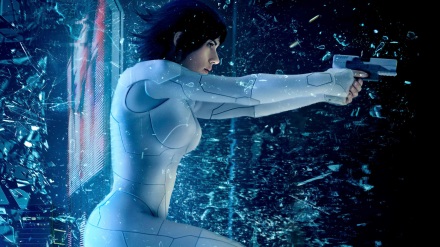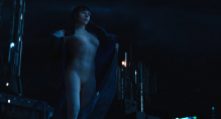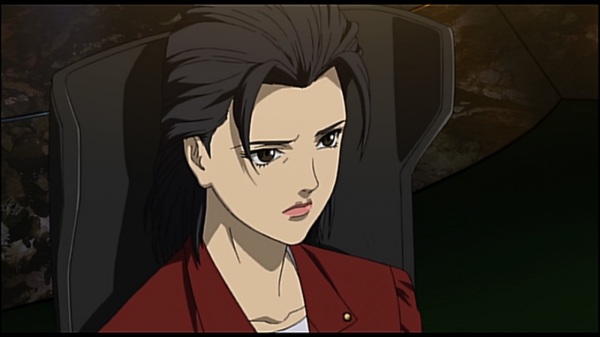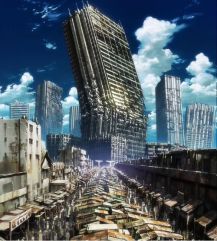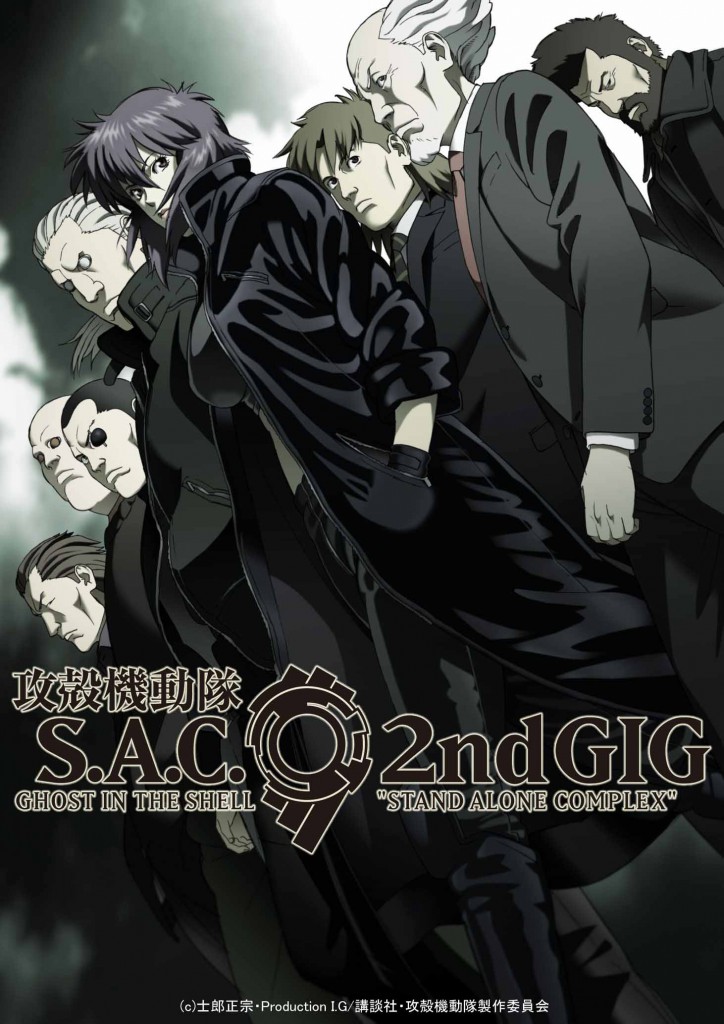A brief spoiler-free review of the 2017 live action film “Ghost in the Shell,” produced by Paramount Pictures and DreamWorks, directed by Rupert Sanders (“Snow White and the Huntsman”), based on the original manga by Masamune Shirow, as well as loose ideas from the entire franchise, especially the original 1995 film of the same name.
The First of Her Kind
In a future not too far from our own, people have grown to love technology. You can bet that anyone you run into on these cold streets will sport some sort of cybernetic enhancement modded to their body: prosthetic limbs, wired inner organs, or the trending metal-encased cyberbrain. These advanced augmentations were coded to grant humans more convenient lives: quicker, safer, and less cumbersome living.
After a horrifying terrorist attack, Major Mira Killian (Scarlett Johansson) transcends into the first of her kind: the stunning results of the first-ever brain transplant into a fully synthetic body. Now a cyborg soldier programmed to eliminate cyber crime, super hackers, and back-alley schemes, the Major is automatically drafted to hunt down the ultimate next-gen terrorist—one who is able to hack into people’s minds and puppet them.

Suffering from a faintly growing illness of glitching memory fragments, however, the deeper the Major dives into this case, the more intense her glitches become. As the possibility emerges that her new greatest enemy might in fact belong to her blurry past, the Major arms herself for a treacherous night journey. Nothing will stand in the way of satisfying her human curiosity, as well as the inevitable reawakening of her soul to a life that was stolen from her.
A New Story
While I’ll admit that we’re looking at the film’s weakest part—the plot—first, it’s impossible to deny that this live action reigns as one of sci-fi’s more interesting films in recent times, and holds the gold for the best live action iteration of an anime produced thus far, granted that I’ve only seen segments from most of them. What we’re looking at here with GitS (2017) is a fairly well-structured story of self-discovery followed by revenge, a typical Hollywood formula that feels relatively topical compared to the franchise’s classic 1995 film, which explored the deep values of being human, artificial sentience, and of course, the vastness of the Net.
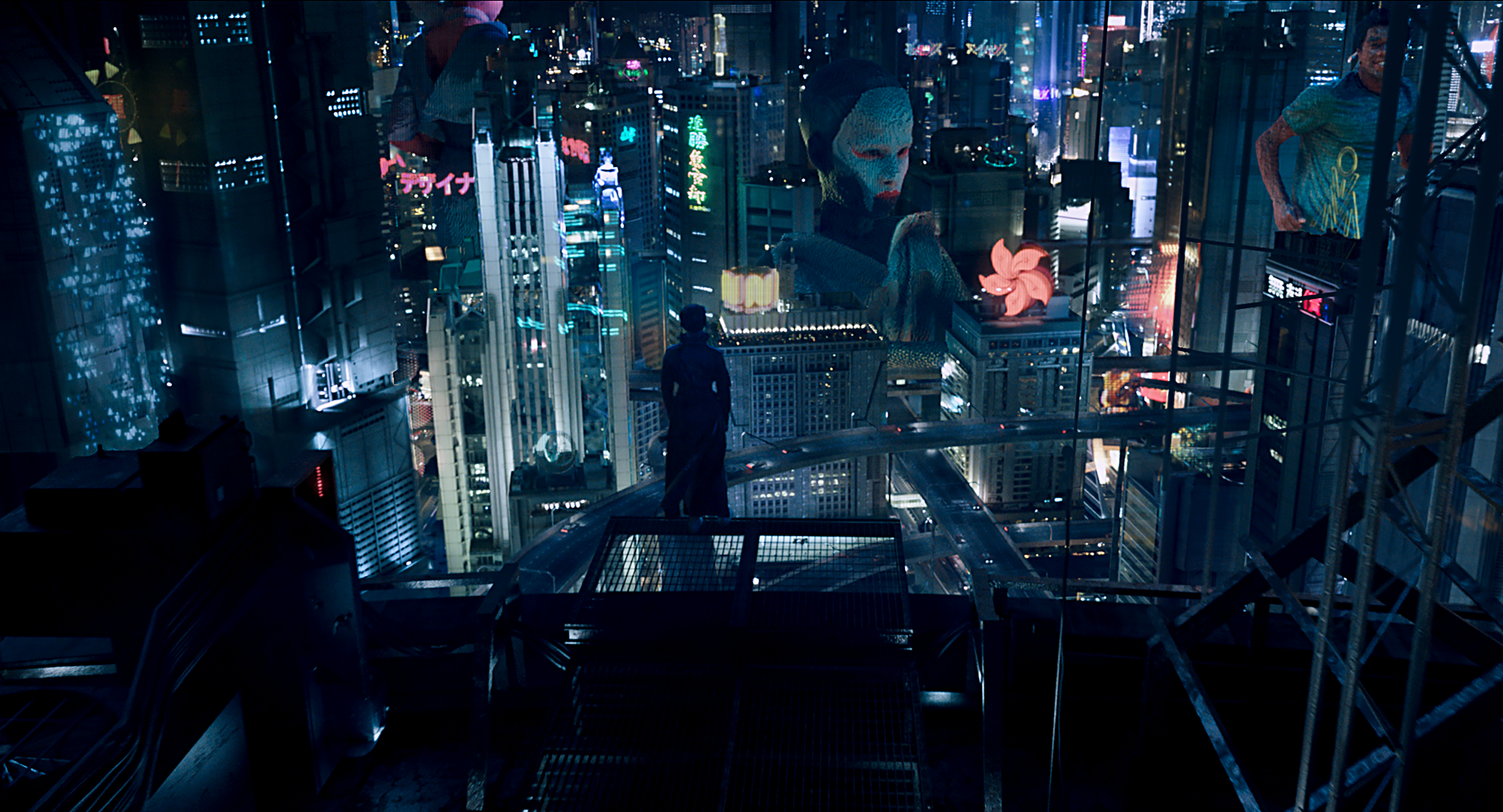
This apparent shallowness works out because of what the film is aiming at, though; in 1995 we dove into present identity and the other weighted themes previously listed—the Major as she is existing, if you will—but in 2017, we’re instead considering how the Major would feel about her past (2nd GIG did this), and what her creation ultimately means for the future of humanity, about feeling disconnected because she lacks the background that everyone else has laid out for them. Dig too deep into the original content and you risk deviating from the main intent: a new story.

How This Live Action Holds on its Own
We take a undoubtedly cliche ride with the Major as she discovers how she came to be, and it all clicks together wonderfully and feels unique because of how huge the title is, what it means to others, and the sheer number of comparisons that can be drawn between this seemingly shallow film and its deep, thought-provoking origination. Everybody’s experience with it will be different, and that notion makes it not only thrilling to watch, but exciting to talk about.
So the film DOES in fact deliver a fresh outlook on an already well-refined series, standing out from its manga, anime, and even video game counterparts by re-imagining the Major’s previous identity, something that purposefully remained ambiguous throughout the franchise. It was a bold, completely unnecessary “prequel” adventure, but now that it’s over, I can’t help but welcome it openly with an applause. GitS is all about varying interpretations, proven true by Motoko’s complexity in 1995 and the franchise itself, which has had several makeovers. The idea of re-envisioning shouldn’t feel new, but everything from its tone, emotional pull, presentation, and core writing should. Speaking of new faces, how does ScarJo hold up as the Major?

Casting the Characters
Several races and colors collide in the astonishing multicultural world that the franchise is known for. I had no qualms with the casting before I entered the theater, and that hasn’t changed. Johansson is a white female actress playing a traditionally Asian character, but that’s in fact where most of the misunderstandings arise—Motoko Kusanagi embodies no one race, no one color, no one gender, and she probably never will. This was stated by 1995‘s director Mamoru Oshii, and for people to be throwing up their pitchforks in revolt of the supposed “whitewashing” is actually kind of pitiful. The context of the show allows for virtually ANYONE to play the Major, and given Johansson’s overly qualified resume for sci-fi action films, I’d hope people would rescind their bombastic comments.

TL;DR I thought Johansson was not only appropriate for the role, but her performance was great considering that Rupert was aiming for the more hot-headed, brash, young Major of the Arise series. I prefer this Major to the 1995 one because she arguably feels more relatable.
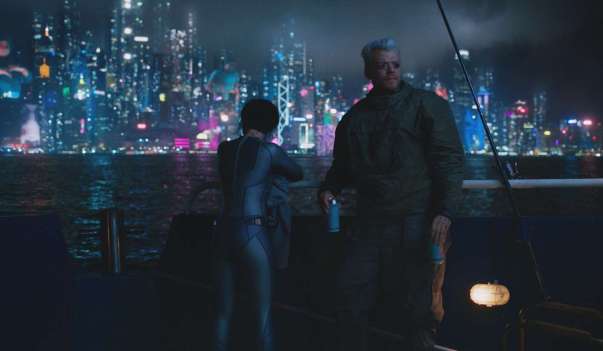
But just like she is in her many iterations, the Major is nothing without her Section 9 team, consisting of Chin Han as the very-human Togusa [insert comment about race being appropriate here], Takeshi Kitano as rough and intelligent Chief Aramaki (who actually speaks Japanese since English is hard for him LOL), Pilou Asbæk as the big ol’ softie Batou, and a “surprise” favorite actress of mine: Juliette Binoche as the compassionate Dr. Ouelet. To quote Guy Lodge (Variety), “A warm, wistful Binoche, brings more pathos to the role than the script strictly demands.” She makes my heart weak.
There’s a real chemistry to be felt between Dr. Ouelet and the Major, as well as between Major and Batou, and that’s something that they nailed to a tee.

“We cling to memories as if they define us, but they don’t. What we do is what defines us.” – Dr. Ouelet
The World of the Future
Where its story stumbles a bit, GitS (2017) leaves your jaw dropped with its incredibly “exciting and elaborately designed future settings,” plunging you into a visually entrancing world where cyberpunk is clearly the hottest thing. My GOD, this show is everything when it comes to its unique visual style! They use a clever lighting system that projects the color palette of the original 1995 onto the vast metropolis, giving off a vibe that’s so cold and distant, yet very interconnected with the world at the same time. CG solograms (solid holograms) layered over a typical Hong Kong-like setting give the atmosphere a very futuristic edge to it that I simply crave. You can tell that a lot of love and respect was put into the film.
My favorite part of this film were the iconic shots of 1995 and Innocence that were recreated and woven into the story: the shelling sequence, building jump, deep dive, water fight, geisha attack, tank battle, and more. It’s all there, and yes, the scenes do not feel “thrown in” just for the allusions, but well-placed for the story’s flow. It’s a visual style to be praised, and its action sequences and use of practical effects (not just CG, but actual, physical props like the geisha masks, thermoptic suit, prosthetic and cybernetic enhancements, and other costumes) give us artsy people something really freakin’ cool to grasp onto. The hard work that went into replicating the world of Ghost in the Shell, largely from that of the film-loving folks of New Zealand’s Weta Workshop for prop creation and setting design, was very much appreciated.
The Greatest Injustice
Here it is, my biggest beef with the show and it’s NOT EVEN about the film itself. It’s about how it’s being dished out, or rather, that some of it is not. Paramount and Dreamworks refuse to offer Clint Mansell and Lorne Balfe’s mind-blowing sci-fi soundtrack for sale. I understand that the movie’s box office reception was somewhat poor, but for crying out loud AT LEAST FINISH what you started. It’s a shame that a work of art, even if it’s controversial, cannot be appreciated in full just because it might not sell. These are million, probably billion, dollar corporations—it’s NOT too much to ask for by any means. There’s currently a petition going around for the soundtrack’s release (which I have signed), so hopefully we’ll see some change this way. If you value this show and artistic justice, please consider signing here!
If you stuck around for the credits, you’d have heard a remixed version of Kenji Kawai’s memorable main theme of the original film, a remix which I honestly prefer, as the drums in the second half give it a really epic feel! Again, love the throwback! All of the music adds to the gritty sci-fi tone.
Not the Last of Its Kind
It’s not very often that a sci-fi film will shift from a typical revenge mission to a cross-examination of cultures, intertwined human connections, and the irrefutable weight of family warmth. That in itself makes Ghost in the Shell (2017), despite its somewhat cliche story line, an incredibly unique experience. I’ve got nitpicks, but I’m more so thankful that I enjoyed the film beyond those glaring issues. It’s plenty entertaining, and if you look deep enough (or watch it three times like I did), you’ll surprisingly find deep, thought-provoking layers in the subtle actions of the actors.

However much you enjoyed the show, there are bound to be more live action adaptions like it in the future—for me, that’s a hopeful thing, something nice to look forward to. This may not be relevant (not to spoil the ending here), but as a half-white, half-Asian lover of science fiction and the entire Ghost in the Shell franchise, I hustled into the theater prepared with an engaged mind, and left with an unexpectedly touched heart. It’s a show about doing what you feel is right—following your ghost—even if that challenges the world you live in and the people that once trusted you.
Because sometimes, like here, you make the right decision.
“I mean, the character is living a really unique experience. She is a human brain inside an entirely machinate body. She is very brave to take a risk and give up everything she knows, everything that’s ever made her comfortable to discover the truth, to follow this calling. And at the end of the film really makes a huge sacrifice for the greater good of humanity. That, to me, was what was the major draw.” – Scarlett Johansson on the Major’s character
Final Assessment:
+ It’s A LOT better than I thought it would be for an anime live action; it only gets better the more I sit and think about it
+ Homages to the original material and the rest of the franchise are worked in fantastically
+ Visuals easily rival those of high-dollar action films; cool and damp futuristic atmosphere is established with excellent lighting; stylish designs and neat aesthetic all around; a very immersive world
+ Props, costumes, etc. layered beautifully with limited special effects for maximum potential; practical, physical props engineered perfectly
+ Ghost in the Shell is all about varying interpretations and new ideas, to which this is no exception; multicultural and multiracial world embraced
+ A fine movie if you ignore all the pointlessly controversial backlash nonsense, and this is coming from a hardcore fan of the original
– Story remains weakest part; revolves around somewhat predictable plot twists; boring antagonist; fails to explore Kuze’s Net and the world that could potentially await
– Major’s “strandy” hair can be a bit bothersome at times
– No official soundtrack release as of yet

Ghost in the Shell (2017) may not be an anime, but I’ll still welcome it here at the cafe as a “Cake,” a film that’s shy of master status but certainly worth watching for GitS or plain-old sci-fi fans in general! Despite it being an unfairly received film, I had the time of my life witnessing my Ghost in the Shell journey come to an end. It’d been a long time since I was that happy to see a film in theaters, and I’ll be coming out with a second post chronicling my loose thoughts on its reception, controversy, and the theater experience, so stay tuned for that!
I’m happy and proud to call this one of my favorite sci-fi live action movies of all time! PLEASE, let me know your thoughts on the film! Also, had you been familiar with parts of the franchise prior to, or did you dive in blind? I may be a bit of an optimist, but I enjoy hearing all sides. If you enjoyed the review, let me know with a “like” or a comment! Until next time, this has been
– Takuto, your host
